The Five Stages of Awareness In Marketing and How You Can Use Them To Tweak Your Marketing To be Able to Make More Sales, Increase Your Revenue and Make More Profit.
There are five stages of awareness in your prospective customer’s mind which determines whether or not they buy what you’re selling to them.
In order not to waste your time, money and effort, it’s important to know these stages before trying to convince them to buy what you sell.
They include:
1. Completely Unaware.
2. Problem Aware.
3. Solution Aware.
4. Product Aware.
5. Most Aware.
• Completely Unaware
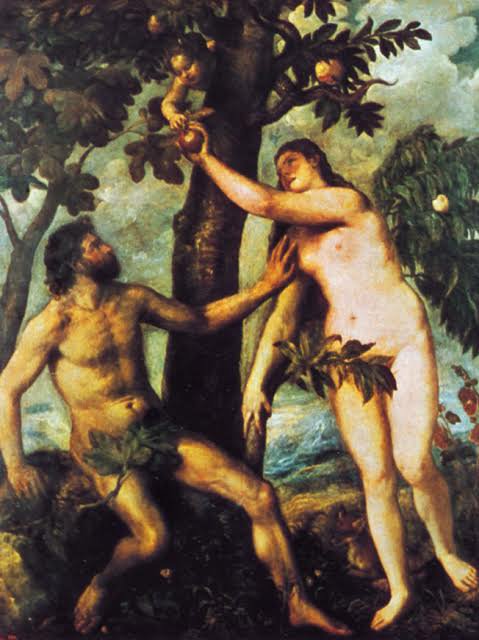
At this stage, the prospect has no idea how your product can help them, but it’s even worse because he/she doesn’t even know this problem exists.
So, how do you help someone who doesn’t even know they have a problem?
This is why this stage is the hardest because you’re dealing with cold traffic who aside from being unaware might not know you also. So, you have to educate them first, then convince second and then sell to them by proving the usefulness of your solution.
Imagine selling sanitary pads to a 10-year-old who hasn’t even hit puberty yet, talk more about having a menstrual cycle. They know nothing yet.
The only reason they might even know anything about menstruation is if they have older siblings or female relatives who teach them about it or they’ve been exposed to external sources of information like friends, neighbours, schoolmates, social media or Integrated Science class.
Can you see it still boils down to education first?

This is how the Devil was able to convince Eve in the Garden of Eden.
He had to tell her about a problem, then tell her the solution and then convince her to try it out.
The blow at this stage is your prospect might never be your customer. Probably because you no longer sell sanitary pads by the time she’s mature enough to use them.
So, as a sanitary pad salesman, you can only teach her enough to be able to understand, and then hope she buys your brand of sanitary pads when she’s old enough. That is if you’re still in business.
But if you’re able to convert your prospects in this stage to customers, then this is the most profitable stage of all.
And why is because when you educate someone and then sell to them, you make them a customer for life. That is unless you or your competition fucks it up.
Because asides from educating them, you also sow in them the seeds of brand loyalty.
Which is why this is usually the starting point of the customer’s lifetime value (ie their age, how long they’ll keep buying from you and how much you can make from them over that time).
• Problem-Aware
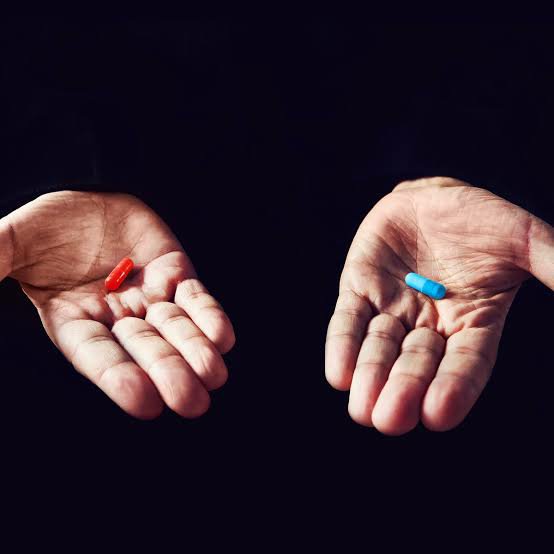
Your prospect is aware of their problem, but they don’t know there’s a solution out there.
You become their messiah by showing them a solution.
Take a typical poor village girl in a deeply rural community who uses rags to stem her blood flow during her cycle.
She knows about her cycle and the time of the month, but does she know there’s a better, cleaner and more hygienic option out there than dealing with the messiness the rags cause her every month?
This part has to deal more with convincing and a bit of education. Although the only education you do here is how your product works and how it solves their problems.
• Solution-Aware

Your prospect in this instance knows they have a problem and there are solutions out there.
But either they don’t have access to these solutions because they don’t know what products can give them the solutions they want or they can’t afford it or it isn’t accessible to them.
Here, your job is easy because you just have to sell a solution to someone who is in dire need of it.
The only resistance you might have here is pricing (if you’re serving a market without lots of money). And this isn’t easy to overcome because even if people are willing to pay through their nose for something important to them, not being able to afford it becomes a major barrier.
Think of health care and how many people are just one chronic ailment away from financial devastation.
The poor guy who knows he should go to the hospital, but opts for over the counter drugs or self-medication because going to the hospital would be more expensive.
Another issue here would be accessibility and distribution.
Think of Mo Ibrahim’s Celtel and how they built a wireless cellphone market in Africa (a post for another day).
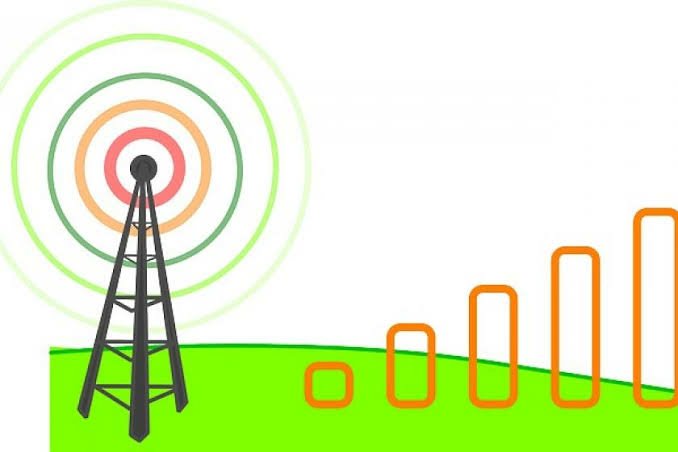
If someone knows they have a problem, they know there’s a solution and they can’t have access to it, then there’s going to be a huge loss of money, time, effort and manpower. Even intangibles like self-esteem come into play here.
Your second job is to get the solution (which is your product) to them by any means necessary.

• Product-Aware
Here, your prospect knows their problems, knows there’s a solution, knows there’s a product or products that offers the solution. But there’s a problem.
They don’t know if this product is the right fit for them.
Your biggest job here is convincing them on why your product is the best option for them or at least the second-best option in their current situation.
• Most Aware

Here, your prospect is sophisticated.
They know about their problems, they know about the solution and the products on the market that can solve their problems.
They even know the differences between these products – price range, hierarchy (what’s better), the different options, cheaper alternatives and all.
They’ve probably used some of these products already and are disillusioned with the results they got or are lowkey looking for something better. Or even if they aren’t particularly looking, they might be swayed if something better comes along.
Here, what drives the sale is the OFFER.

How do you make them an offer they can’t refuse?
How do you make them an offer that speaks to their specific needs?
How do you make them an offer that appeals to their sentiments or the depth of their pockets?
This is where you have to dig into your inner Don Corleone to close the deal.
It’s important to know the different stages of awareness before sitting down to write a sales copy or crafting a marketing campaign so you don’t waste your time and money on duds.
I hope this guides you. Shalom
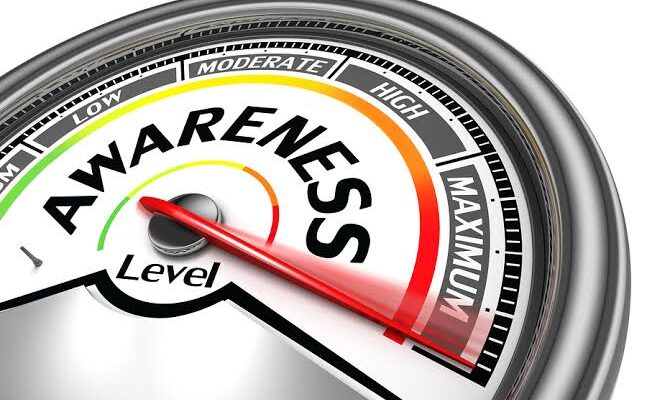

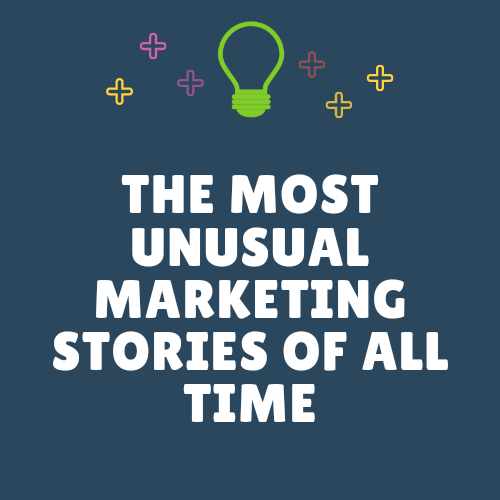

Leave a comment